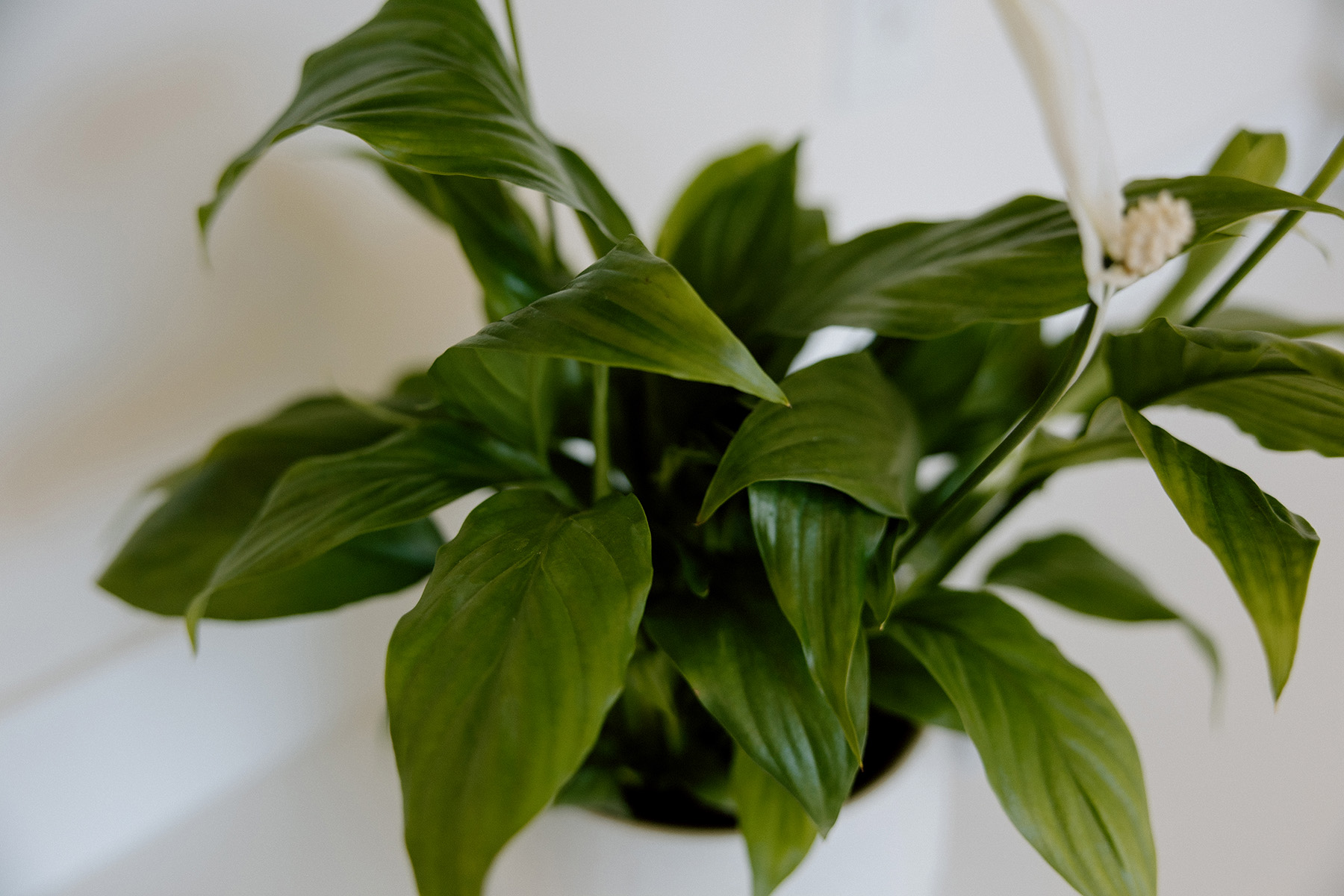A gum graft is a surgical procedure used to treat gum recession, protect exposed tooth roots, and restore the natural gumline. Gum recession can occur as a result of periodontal disease, aggressive brushing, genetics, or other factors—leading to tooth sensitivity, increased risk of decay, and esthetic concerns.
During the procedure, healthy gum tissue is added to areas where the gums have receded. The grafted tissue may come from two sources:
- Autogenous tissue – taken from the patient’s own mouth, typically from the palate. This option often integrates well and is commonly used when thickening or rebuilding gum tissue around a specific tooth is needed.
- Donor tissue – processed tissue from a tissue bank. This option avoids a second surgical site and is often used in cases where multiple teeth are involved or when the patient prefers a less invasive procedure.Your periodontist will help determine the best type of graft for your specific needs, as each option has different applications and benefits depending on the extent of the recession, the location in the mouth, and your overall treatment goals.
Gum grafting is typically performed under local anesthesia, with sedation available if needed. The procedure improves both the health and appearance of the gums, reduces further recession, and helps protect your teeth long-term.
